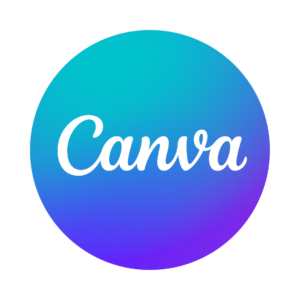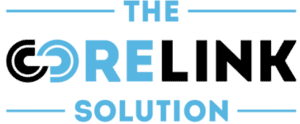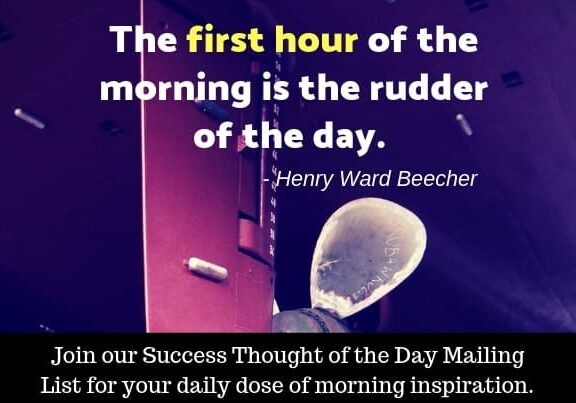Build a Powerful Resume With These 10+ Tips
Building a resume is a challenging task.
Did you know that the average time spent reading a resume is 6-7 seconds?
That means that you have to get your recruiter’s attention in the span of a breath. Isn’t that nuts?
With 88% of resumes rejected due to photos and only 2-3% resulting in an interview, you have one chance to nail your resume.
Just one. No pressure.
Yet despite the wealth of knowledge on the topic, you would have to read through dozens and dozens of articles to find the nuggets of gold that will get you to that 3% and into your dream job.
But who has the time? We do.
We’ve combed through expert advice columns to bring you tried and tested methods of building a resume and secrets that will give you a competitive advantage.
Are you ready to rock your resume? Let’s go!
Tried and Tested Tips
1.Ditch the objective statement. Many templates and online resume samples will include an objective statement near the top of the resume before the education and experience section. But experts say unless you make a huge career change, feel free to omit it from yours. Objective statements are easy to get wrong, and there is no use in them taking up valuable space on your resume if it will do more harm than good.
2.Include keywords throughout your resume. Each position needs specific skills and qualities from an applicant. In the job description, look for adjectives such as effective, driven, creative, or dynamic, and ensure you use the exact words in your resume. This will ensure that an Applicant Tracking System (ATS) or recruiters scanning for those words will spot your application a mile away.
3.Highlight relevant skills. It can be tempting to include all your experience in the resume but restrain yourself.  Remember that your future employer is looking for specific skills in their ideal candidate, and it is up to you to show them you are who they want. Highlight the attributes that match their keywords, especially any soft skills that complement them. Soft skills are in high demand and underutilized by job seekers in their resumes- adding these to yours is an excellent way to get noticed.
Remember that your future employer is looking for specific skills in their ideal candidate, and it is up to you to show them you are who they want. Highlight the attributes that match their keywords, especially any soft skills that complement them. Soft skills are in high demand and underutilized by job seekers in their resumes- adding these to yours is an excellent way to get noticed.
4.Demonstrate your achievements with metrics and data. When you include your relevant experience, don’t just discuss your duties; showcase your achievements. Strut your professional stuff with metrics and data that support that you own your skills like a boss. By providing before and after numbers or conversion rates, for example, you will give recruiters a good indication of the impact you can make for the company. Front-load these in your experience section for a resume that packs a punch.
5.Be concise. This is the golden rule of resume building and one of the tips experts harp on constantly, which means it is a must-have. The average resume is around 500 words, but if a recruiter is looking at a stack of them, they want the information in as few words as possible. Keep your resume to one page unless you have a lot of highly applicable experience. Include only recent experience from your last 10-15 years in the workforce to ensure you only showcase your most recent work first.
6.Proofread your resume. Proofreading is a no-brainer when applying for a job, but you’d be surprised how many people forgo this step and end up with their resumes in the trash pile. Yikes! While online tools like Grammarly and Hemingway are great tools, nothing beats a pair of human eyes—preferably not your own. So proofread your resume, not once but twice, then grab a buddy and have them take a look over it. Typos show a lack of attention to detail and consciousness of your work
Trade Secrets
7. Be aware of ATS. Application Tracking Software (ATS) is used by 75% of companies looking to hire, including 98% of Fortune 500 companies. This is where keywords come into play. When looking at an application, look for the keywords used most often on the announcement; these could be hard skills found near the top of the requirements. To make your resume ATS-friendly, you can make a “core competencies” or “areas of expertise” section that includes all these keywords in one place.
8.Link to professional profiles. Professional profiles such as blogs and portfolios can be an excellent way to showcase your work, especially if you are a writer, photographer, or other creative. Make sure your profiles and sites are polished and free of grammatical errors. LinkedIn is a tool many recruiters use, but as with any other social media platform, beware of maintaining good digital hygiene. The last thing you want is for any of your content to paint you negatively to a potential employer.

9.Use original templates. Resume templates, like job posts, come in all shapes and sizes. For the average person, a plain word template is sufficient to create a professional resume, but if you are in a creative capacity, resume templates run the gamut. Canva is an excellent online tool for non-designers that creates finished resumes, presentations, reports, and so much more! With their free version, you can access beautiful templates that can give you the resume you need to make a great first impression.
10.Master the design. Remember, recruiters are looking at your resume at break-neck speed; it’s your job to make it easy and quick to read. Include bold and italic text, underline headings, and use bullets for your achievements. Use ATS-friendly fonts like Calibri, Cambria, Didot, and Garamond. Play around with margins and line spacing if you need help fitting everything on one page- beware to keep your font at least 12.
Bonus Tips
11.Customize each resume. It can be easy to want to cut and paste your experience for every application, but please don’t. Not all your experience is relevant to keywords you need to target. Tailor your resume to the keywords for each position you apply for- edit your experiences and only leave those that will highlight your best assets.
12.Beware of using ChatGPT. Open-source tools like ChatGPT are wonderful, but use them with care. Once you have submitted your query, go through it to check for syntax and to ensure that it flows well with your original writing. Artificial intelligence has come a long way, but it can often sound nonsensical and clunky. So proofread your resume well if you are using it.
13.Check for density. While using bullets in your design make sure you are not cramming paragraphs onto them. Bullets are designed to digest information quickly, so keep each bullet to one sentence or two tops. Text-dense bullets will be skipped over quickly.
14.Mind your employment gaps. If you have employment gaps due to having children, caring for an elderly parent, or going back to school- make sure to address those so as not to create red flags in your resume. Give a brief explanation of your gap with a date, for example:
Maternity Leave, June 2018-September 2018
Independent Caregiver, July 2020- February 2022
Project Management School- University of Maryland- August 2018-May 2020
If you participated in volunteer work during those times, you can include those activities as they could have kept your skills current or allowed you to acquire new ones.
Get Building!
Writing a powerful resume sounds complicated, but it doesn’t have to be.
While our natural tendency is to cram as much information about ourselves into the page, the art of a resume is knowing when enough is enough.
Tailoring each resume to capture specific keywords and show you have those skills is only one part of the equation. You must become your own editor, deciding which triumphs you can highlight with the most concise language possible.
If you deliver a polished and professional resume to prospective employers, you significantly increase your chances of standing out in a competitive job market.
In the ever-evolving landscape of job applications, where recruiters often spend only a few seconds reviewing each resume, brevity and relevance are key. By becoming adept at showcasing your accomplishments with precision and clarity, you demonstrate not only your professional competence but also your ability to communicate effectively.
As you invest the time in perfecting your resume-building skills with the tips we’ve given you, you empower yourself to navigate the job market confidently- knowing your resume clearly reflects all the value you bring to an organization.
So start building the resume your future boss is looking for; get started today.
And, if you want to listen to more job hunting tips, check out this episode of The Corelink Solution Podcast.




